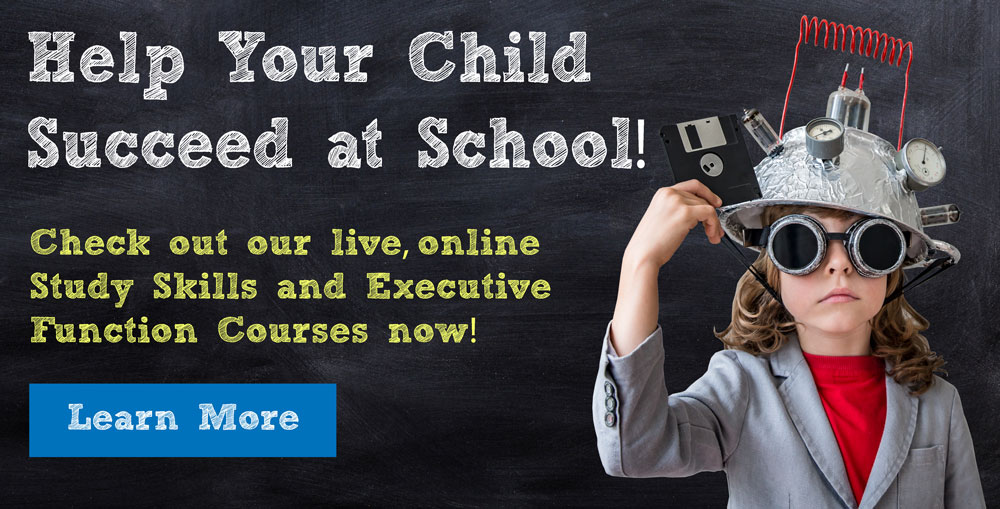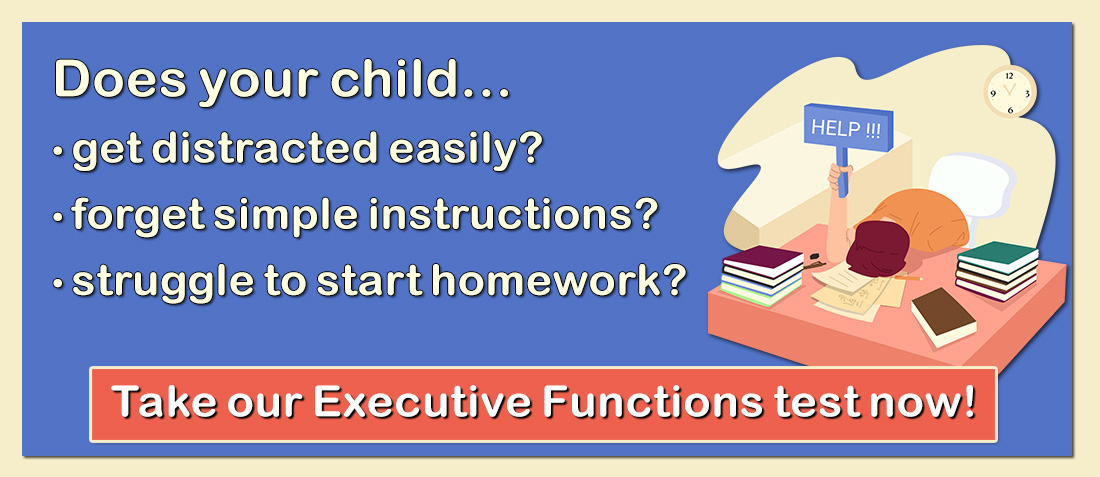 1058 Kingstown Rd. Wakefield, RI 02879
1058 Kingstown Rd. Wakefield, RI 02879
Phone: (401) 789 – 1553
evals@sccfc.net
southcountychildandfamily.com
ADHD In The Classroom
Few teachers are without students in their classrooms who have been diagnosed with ADHD. The latest data from the Centers for Disease Control and Prevention (CDC) suggest that approximately 11% of children between the ages of 4 and 17 have been diagnosed with ADHD. This means that 1 out of every 10 children in your school is likely to have a diagnosis of ADHD. In a class of 30 youngsters, that’s 3 ADHD diagnoses – and that doesn’t include other students who have milder attention issues, executive-functioning difficulties, or learning disabilities.
Reaching and teaching 30 children is a challenge for the best teacher, and alternative learners and behavioral issues make the task that much more difficult. The good news is that most kids with ADHD are very capable learners, and there are many approaches and interventions that can help these students learn.
Here are some classroom strategies:
Offer ample opportunities for physical activity. Youngsters who are hyperactive and/or impulsive can benefit from frequent chances for physical activities. Provide them with movement opportunities in between classroom tasks such as running errands, washing the chalkboard, or leaving the classroom to drink water or take a bathroom break. Do not use daily recess as a time to make up missed schoolwork or take away recess as a punishment.
Ignore unobtrusive motor activity. Many students with attention concerns just cannot sit still. Allowing them to stand, move their feet, or engage in pitching behavior can be helpful. Consult with an occupational therapist to consider other strategies that could be used.
Breaks from academics can help sustain attention. Frequent motor breaks that allow opportunities for movement, can be very helpful for children with ADHD. Have children run errands, take a bathroom break, do stretching exercises, or take an assignment to a teacher in the classroom.
Keep students moving and working. Movement is very important for children with attention concerns when transitioning from one academic activity to another. However, allowing too long a break can promote boredom, which may result in non-preferred behavior. Include movement in students’ days through motor breaks in the classroom (when students are allowed to stand up or move around) or opportunities to go outside the classroom. Do not take away recess or gym opportunities as a punishment for students with attention concerns.
Be sensitive to sensory needs. Attend to children’s specific sensory needs with manipulators, music, lighting, or scents. Some children with ADHD benefit from having a squeeze ball, a piece of wikki stix, or other manipulative object to play with while seated at their desks. Others do best when there are mild sensory-based activities going on in the room such as classical music, scented candles, or incense. Others with attention problems need to block out sounds (particularly during tests and more intense study) and might benefit from using earphones to shut out noises, taking tests in a separate room, or working in a partitioned area of the classroom.
Position seating so that peer interactions enhance children’s learning experience. Youngsters who face challenges of impulsivity and/or hyperactivity often do best when paired with classmates who tend to have a more thoughtful approach and can serve as appropriate role models. Encourage peer tutoring and cooperative learning in the classroom. Assign special responsibilities to students in the presence of others so that they can observe them in a positive light.
Be aware of social difficulties due to impulsively in the classroom. Help children reduce the number of inappropriate things they say to their peers by intervening early in social difficulties. Involvement in social skills groups, guided observations of peer interactions, and limits on the amount of time in unstructured activities can also be useful.
Teach techniques for response delay. Use counting strategies, stop and think approaches, and cognitive-behavioral methods to help children delay responses in the classroom.
Schedule the most difficult tasks for when students are most attentive. Students who have difficulty staying focused on activities tend to perform best when they have the most energy for attention (typically in the morning). They may also pay better attention when they have the opportunity to move before sitting.
Discover the best type of working environment for students with attention concerns. Some students with ADHD do best in a quiet work area, while others focus better with a bit of background activity and noise to discourage them from daydreaming or looking for something else to do. Do not use these quiet spaces for time out, as this might lessen their usefulness for doing quiet work. Have students who tend to be unfocused take breaks to help them stay focused, including ones that involve a degree of movement. Do not use breaks that are not electronic in nature.
Help children to develop alternative plans. Some children with ADHD are good at very quickly generating a plan, but their impulsivity does not allow them to consider alternative plans. Asking them to stop and have at least one more approach to a task is likely to result in better problem solving (https://nyti.ms/31HuYSI).
Receive online class information and helpful tips from Dr. Randy Kulman's LearningWorks for Kids |




